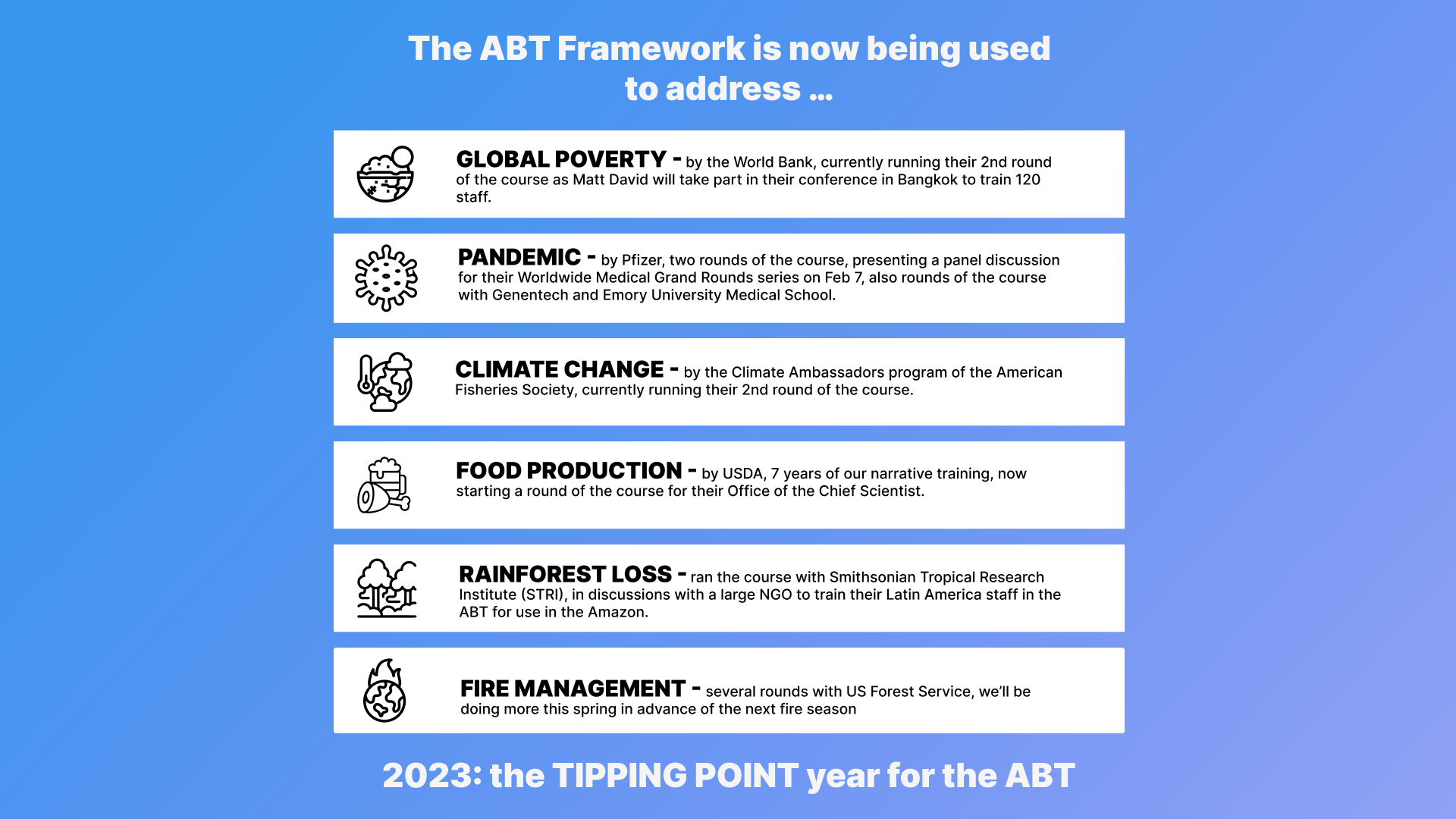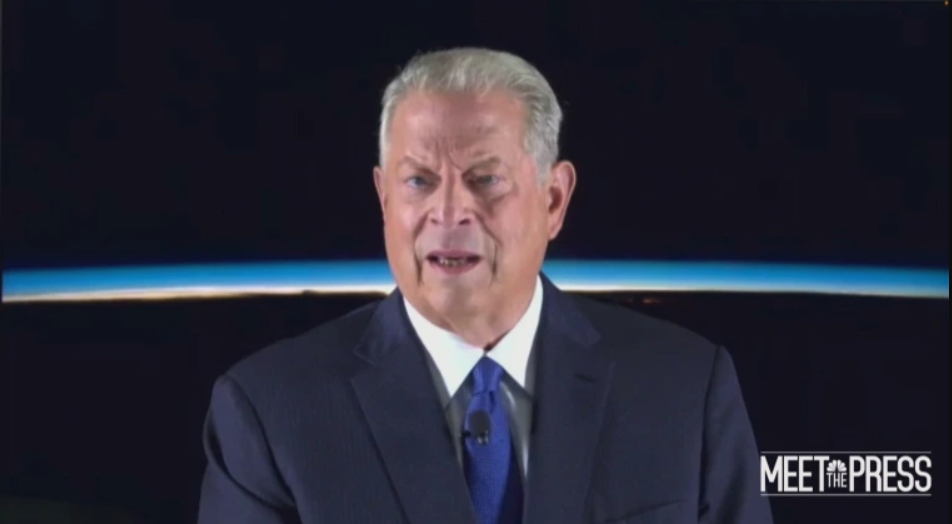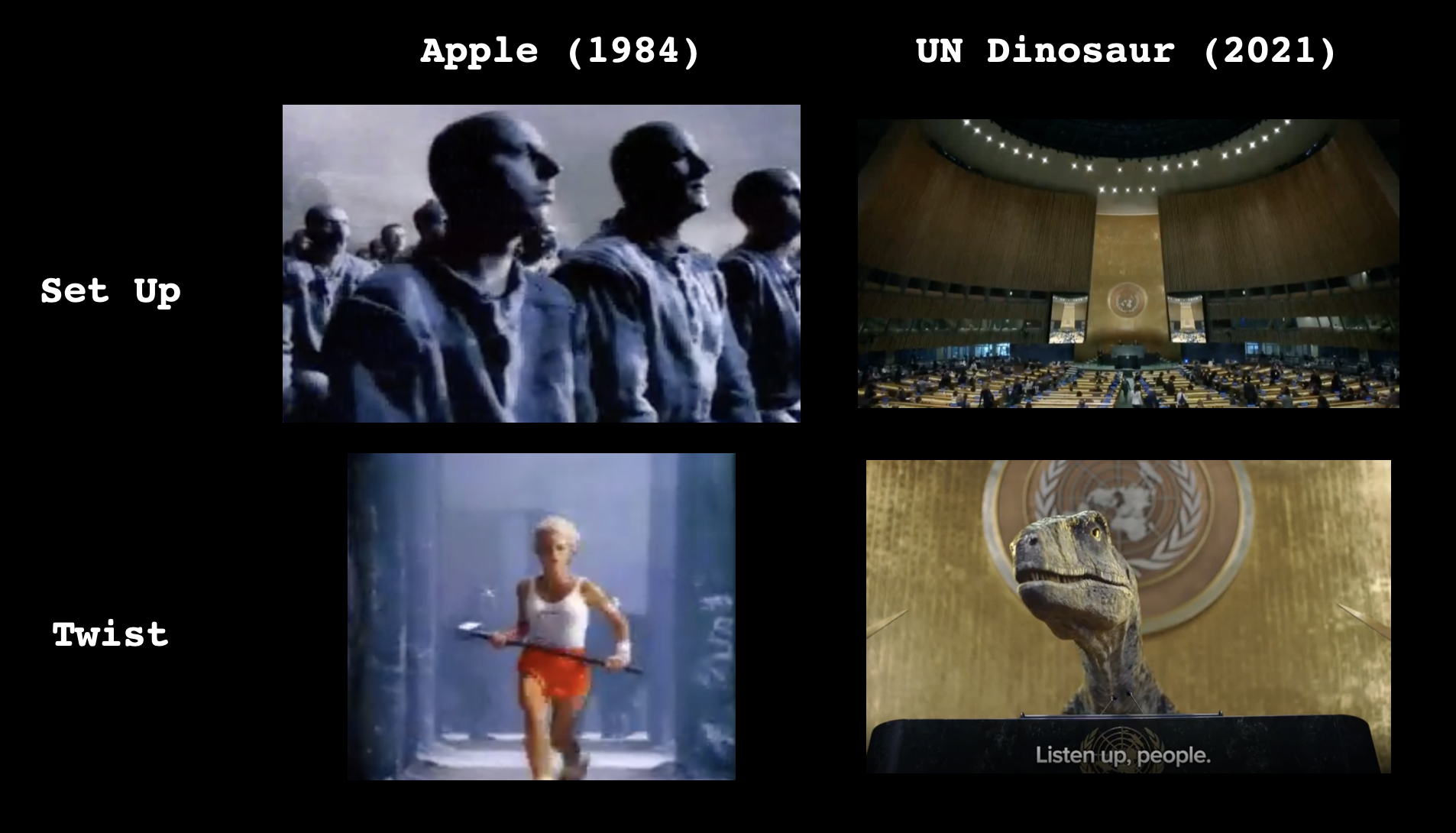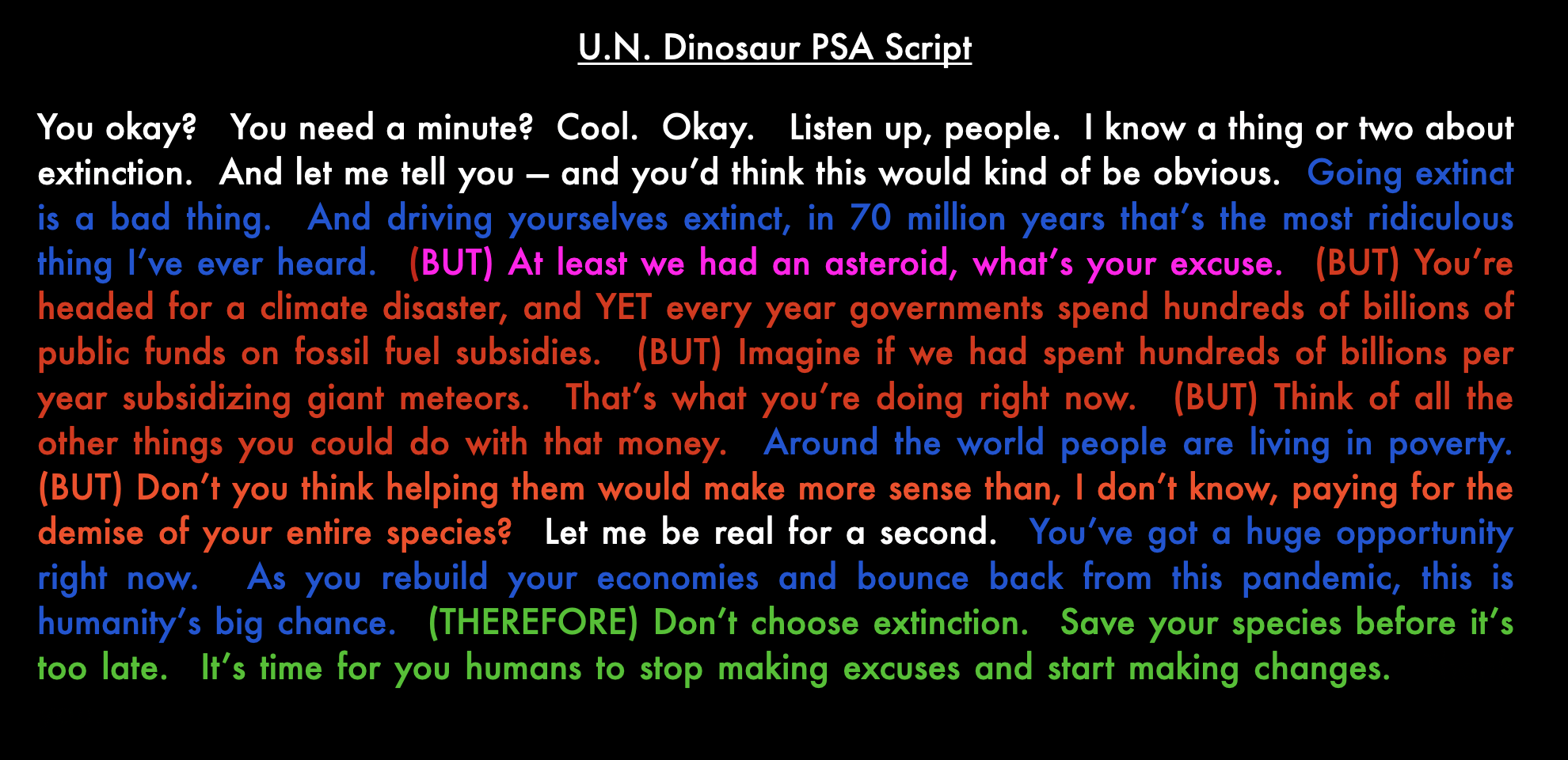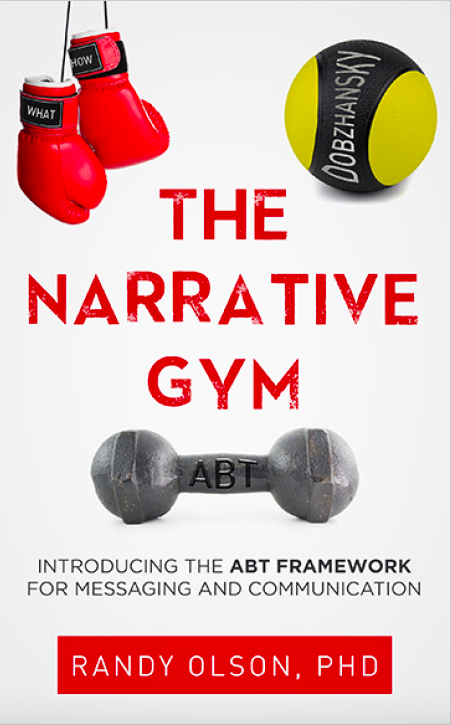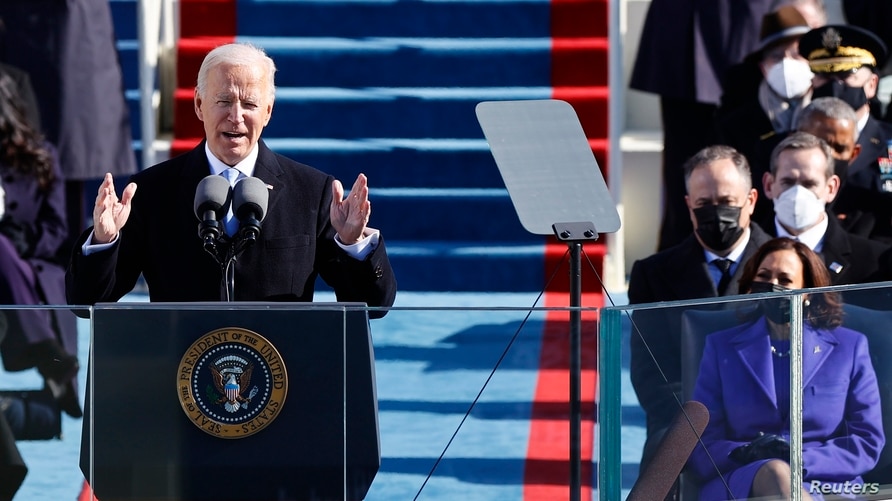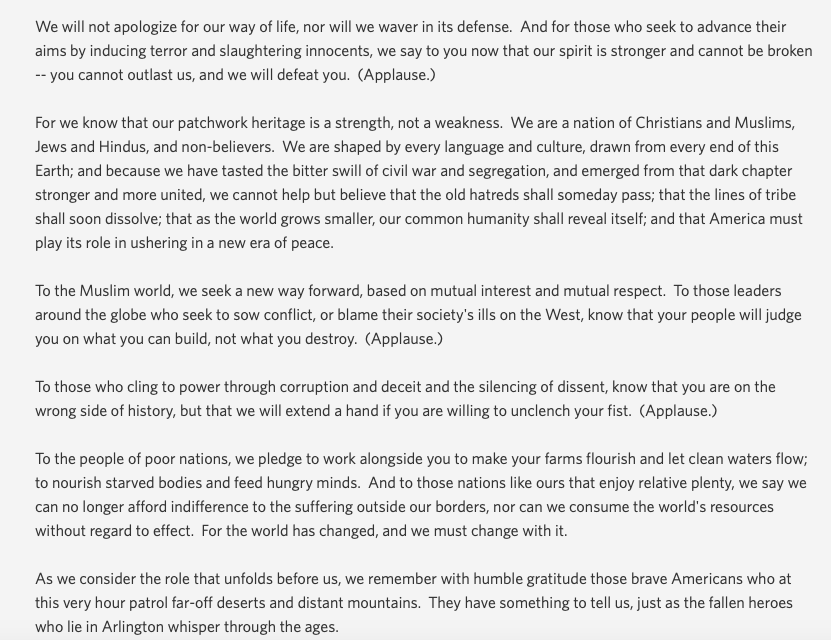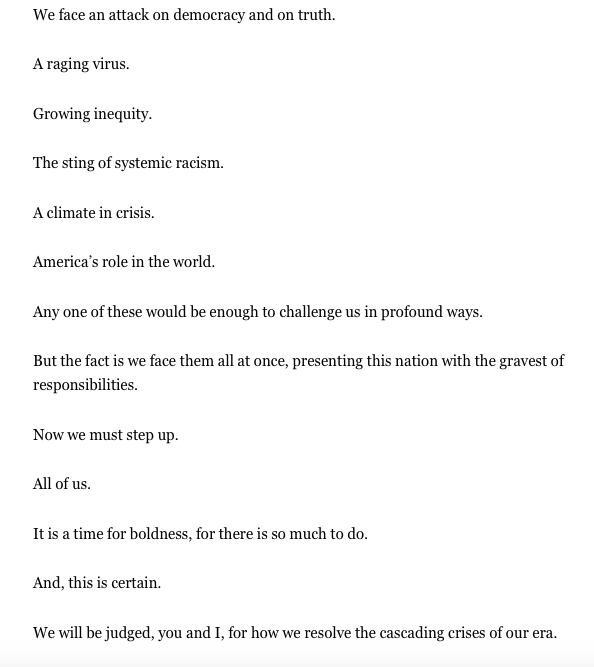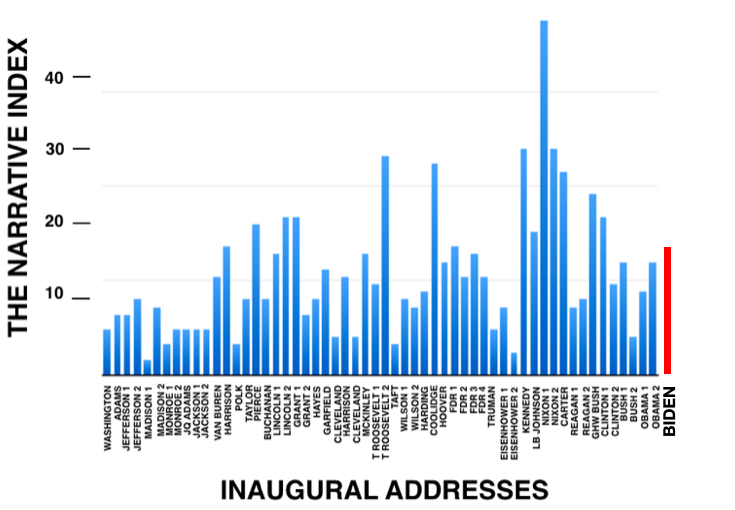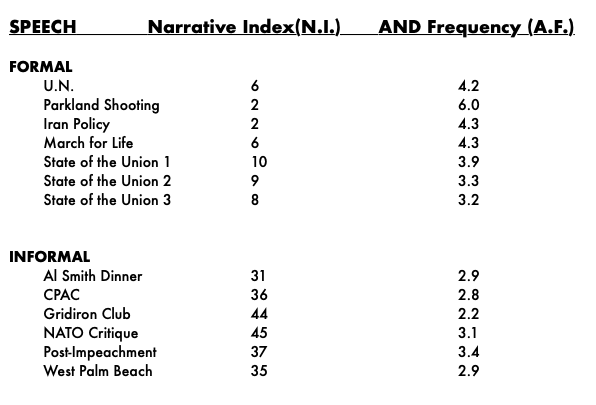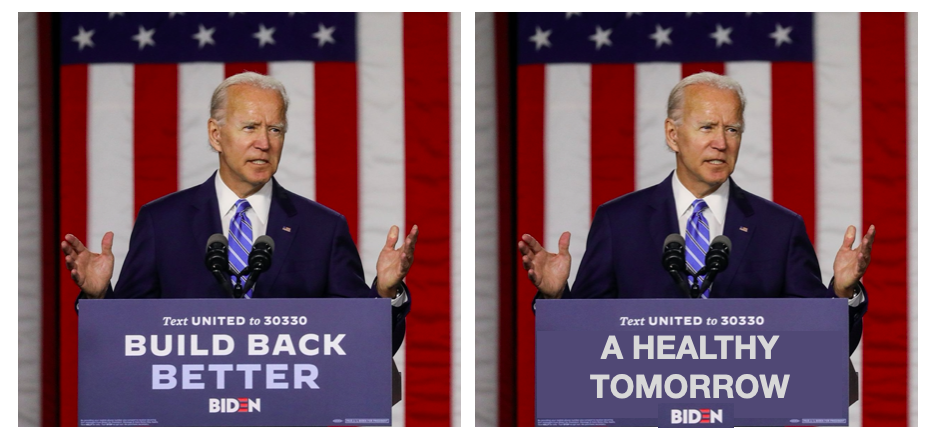One of the most important goals for communication is concision. By combining Chat GPT and the ABT you can achieve it in ways never before possible.

Enter the text of an article into Chat GPT, tell it to use the ABT, and this is an example of what you’ll get back. Not perfect, but close, and of course incredibly fast.
USING CHAT GPT TO TURN THE ABT INTO A TOOL
I gave a talk on this a year ago at a gene therapy meeting — basically how to use the ABT with Chat GPT to produce a concise statement of the narrative core of a text. It’s time to formalize it for everyone. It’s very simple.
1 ENTER THE PROMPT: Type this line into Chat GPT: Using Randy Olson’s ABT Narrative Framework reduce this text to a one sentence ABT with the words And, But, Therefore:
2 ADD THE TEXT: On the same line, copy and paste in the ENTIRE text of whatever you want reduced to its ABT narrative core.
3 BINGO: It gives you the one sentence ABT. Yes, it’s that simple.
HERE’S AN EXAMPLE:
This morning I randomly chose an article from the front page of the NY Times about “Strike Madness” in Germany. The article was 1,275 words in length. I ran it through the three steps above, here was the output (color coded so you can see the three ABT elements).
Workers at the SRW scrap metal plant in Leipzig have been striking for over 136 days, marking the longest postwar strike in Germany, AND while Germany prides itself on peaceful labor relations, recent widespread strikes across various sectors are challenging this notion, BUT the country faces economic difficulties with a shrinking workforce and rising living costs, THEREFORE, workers like those at SRW are demanding fair wages and better conditions to secure their future in a rapidly changing economic landscape.
Is this perfect? Of course not, but it did 90% of the job in just one second. From here you need to tweak it according to what you’re wanting to say and to whom.
For this particular ABT I’d be inclined to reduce it to this for clarity:
Germany prides itself on peaceful labor relations, BUT the country faces economic difficulties with a shrinking workforce and rising living costs, THEREFORE, workers like those at SRW and elsewhere are demanding fair wages and better conditions to secure their future in a rapidly changing economic landscape.
For concision I reduced the set up and broadened the THEREFORE element. It is now a one sentence concise and powerful statement of “the story” that the article tells.
It’s more than just the subtitle that the NY Times provides with the article, yet it is still short enough to digest quickly. And again, is powerful.
You should use it for any text you have that you find yourself staring at, annoyed, wondering, “What in the hell is this thing trying to say?”
The New York Times really should have it as a feature in their daily email that lists all their major articles. There should be an ABT button next to each title that you click and it instantly gives you this nicely structured summary of “the story” being told.
NARRATIVE VS REPORTING
Narrative is about a journey. Reporting is about current events.
You can see this divide clearly by looking at what the newspaper provided as their subtitle for the article versus what the ABT produces. Here’s what the newspaper provided for this article.
THE NY TIMES SUBTITLE: A wave of strikes by German workers, feeling the sting of inflation and stagnant growth, is the latest sign of the bleak outlook for Europe’s economic powerhouse.
Their subtitle is static — saying the article is about “the latest sign” of a problem.
The ABT gives the SET UP (a past of peaceful labor relations), then introduces the problem that has arisen (economic difficulties), followed by the consequence (strikes). It provides a journey, making it more active and thus more powerful in communication itself.
The bottom line is that narrative is built around three act structure. Journalism is built around the Inverted Pyramid model.
They are not the same. At all.

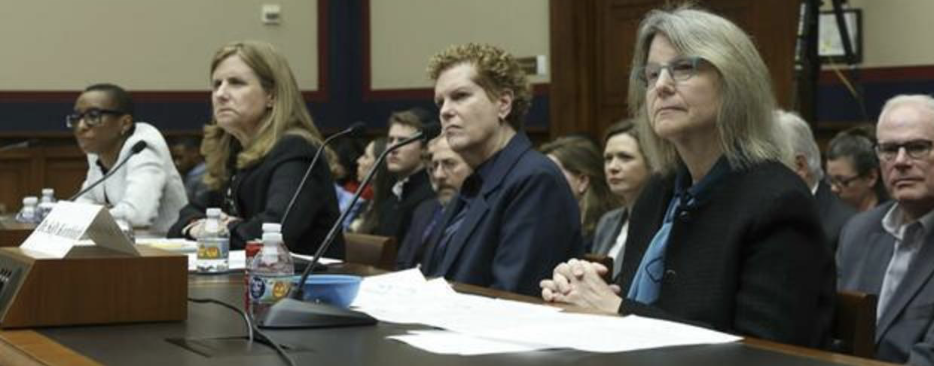 LOST THE NARRATIVE. There was no narrative flow to most of what they said in their answers.
LOST THE NARRATIVE. There was no narrative flow to most of what they said in their answers.
